Dimitris Konomis
Optimal Probing with Statistical Guarantees for Network Monitoring at Scale
Sep 16, 2021
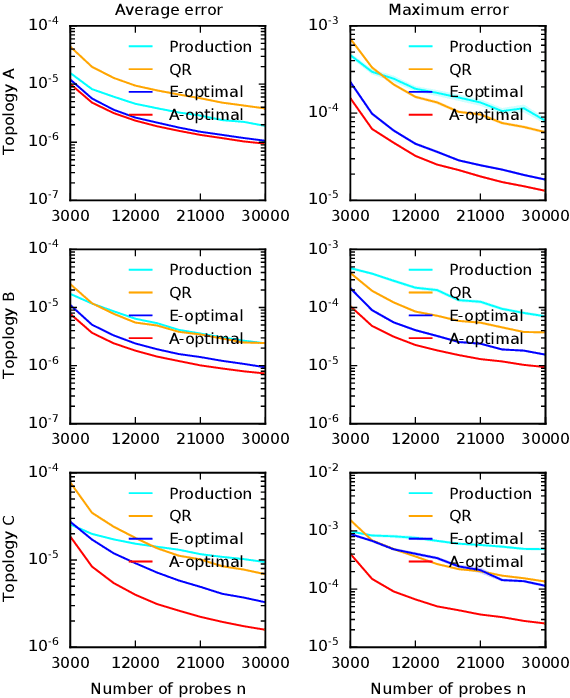
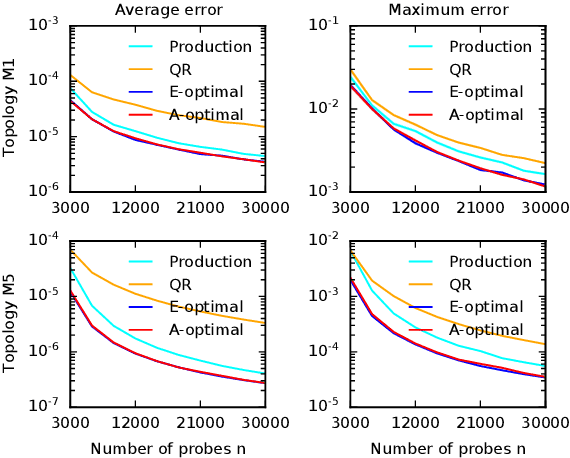
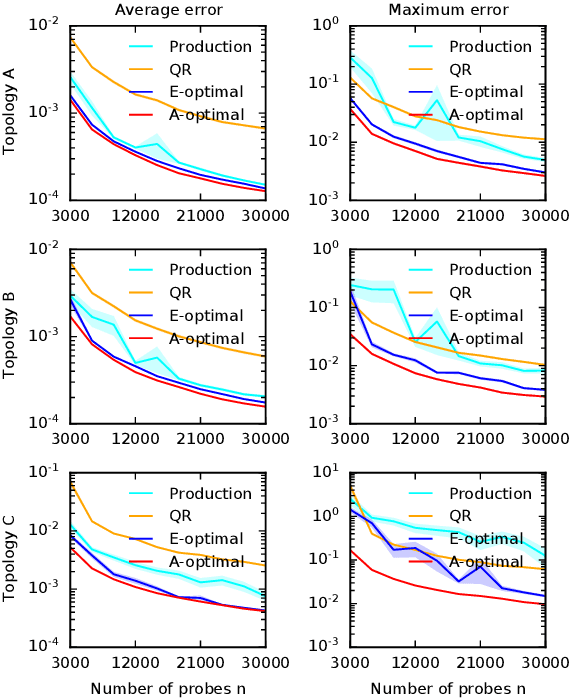
Abstract:Cloud networks are difficult to monitor because they grow rapidly and the budgets for monitoring them are limited. We propose a framework for estimating network metrics, such as latency and packet loss, with guarantees on estimation errors for a fixed monitoring budget. Our proposed algorithms produce a distribution of probes across network paths, which we then monitor; and are based on A- and E-optimal experimental designs in statistics. Unfortunately, these designs are too computationally costly to use at production scale. We propose their scalable and near-optimal approximations based on the Frank-Wolfe algorithm. We validate our approaches in simulation on real network topologies, and also using a production probing system in a real cloud network. We show major gains in reducing the probing budget compared to both production and academic baselines, while maintaining low estimation errors, even with very low probing budgets.
Convolutional Neural Networks for Medical Diagnosis from Admission Notes
Dec 06, 2017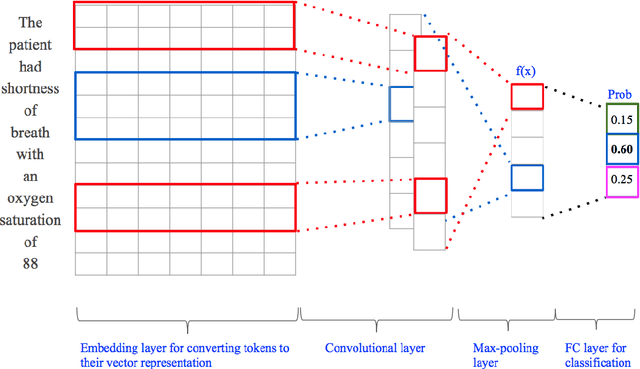
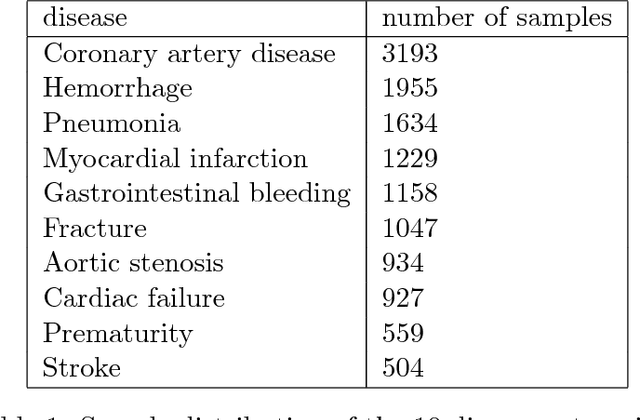
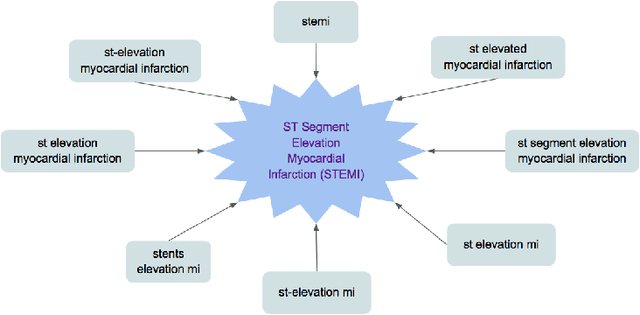
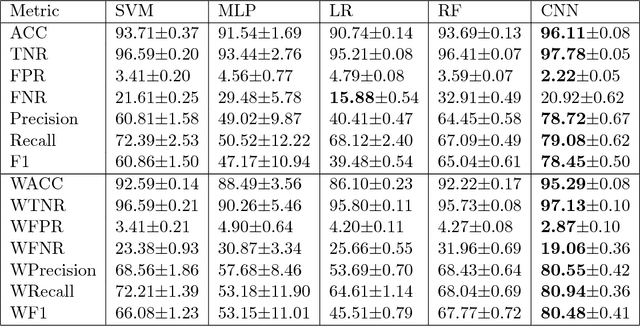
Abstract:$\textbf{Objective}$ Develop an automatic diagnostic system which only uses textual admission information from Electronic Health Records (EHRs) and assist clinicians with a timely and statistically proved decision tool. The hope is that the tool can be used to reduce mis-diagnosis. $\textbf{Materials and Methods}$ We use the real-world clinical notes from MIMIC-III, a freely available dataset consisting of clinical data of more than forty thousand patients who stayed in intensive care units of the Beth Israel Deaconess Medical Center between 2001 and 2012. We proposed a Convolutional Neural Network model to learn semantic features from unstructured textual input and automatically predict primary discharge diagnosis. $\textbf{Results}$ The proposed model achieved an overall 96.11% accuracy and 80.48% weighted F1 score values on 10 most frequent disease classes, significantly outperforming four strong baseline models by at least 12.7% in weighted F1 score. $\textbf{Discussion}$ Experimental results imply that the CNN model is suitable for supporting diagnosis decision making in the presence of complex, noisy and unstructured clinical data while at the same time using fewer layers and parameters that other traditional Deep Network models. $\textbf{Conclusion}$ Our model demonstrated capability of representing complex medical meaningful features from unstructured clinical notes and prediction power for commonly misdiagnosed frequent diseases. It can use easily adopted in clinical setting to provide timely and statistically proved decision support. $\textbf{Keywords}$ Convolutional neural network, text classification, discharge diagnosis prediction, admission information from EHRs.
 Add to Chrome
Add to Chrome Add to Firefox
Add to Firefox Add to Edge
Add to Edge